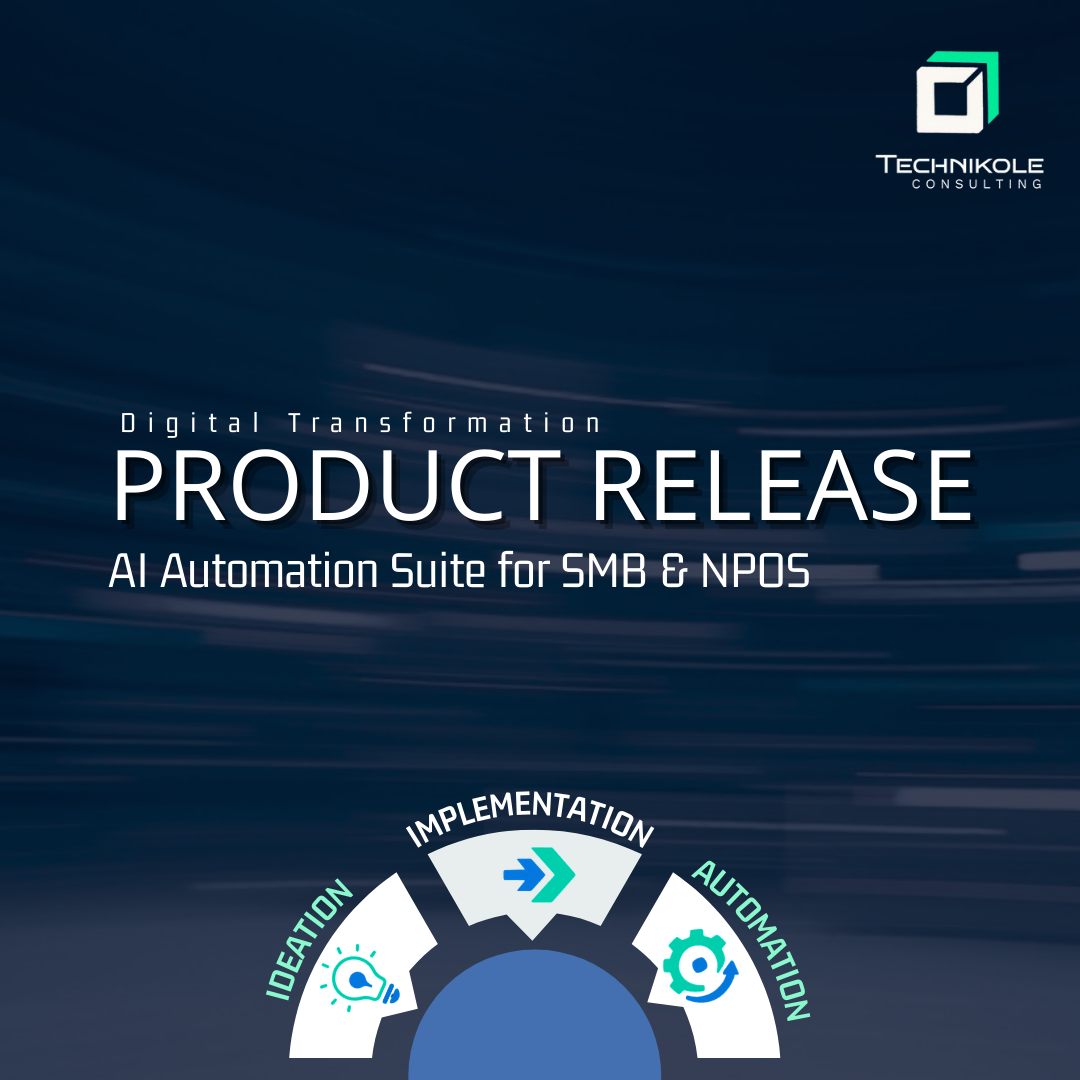Year: 2025
-
The Next Evolution of Documents Starts Here
Press Release: Technikole Consulting Announces Technikole PDF Standard™. At Technikole Consulting, we don’t just automate — we ideate, implement and automate. We transform our digital experience. That includes how we treat documents, data, and the intelligence they carry. Technikole PDF Standard™ is being released as an essential part of document integrity.
Written by
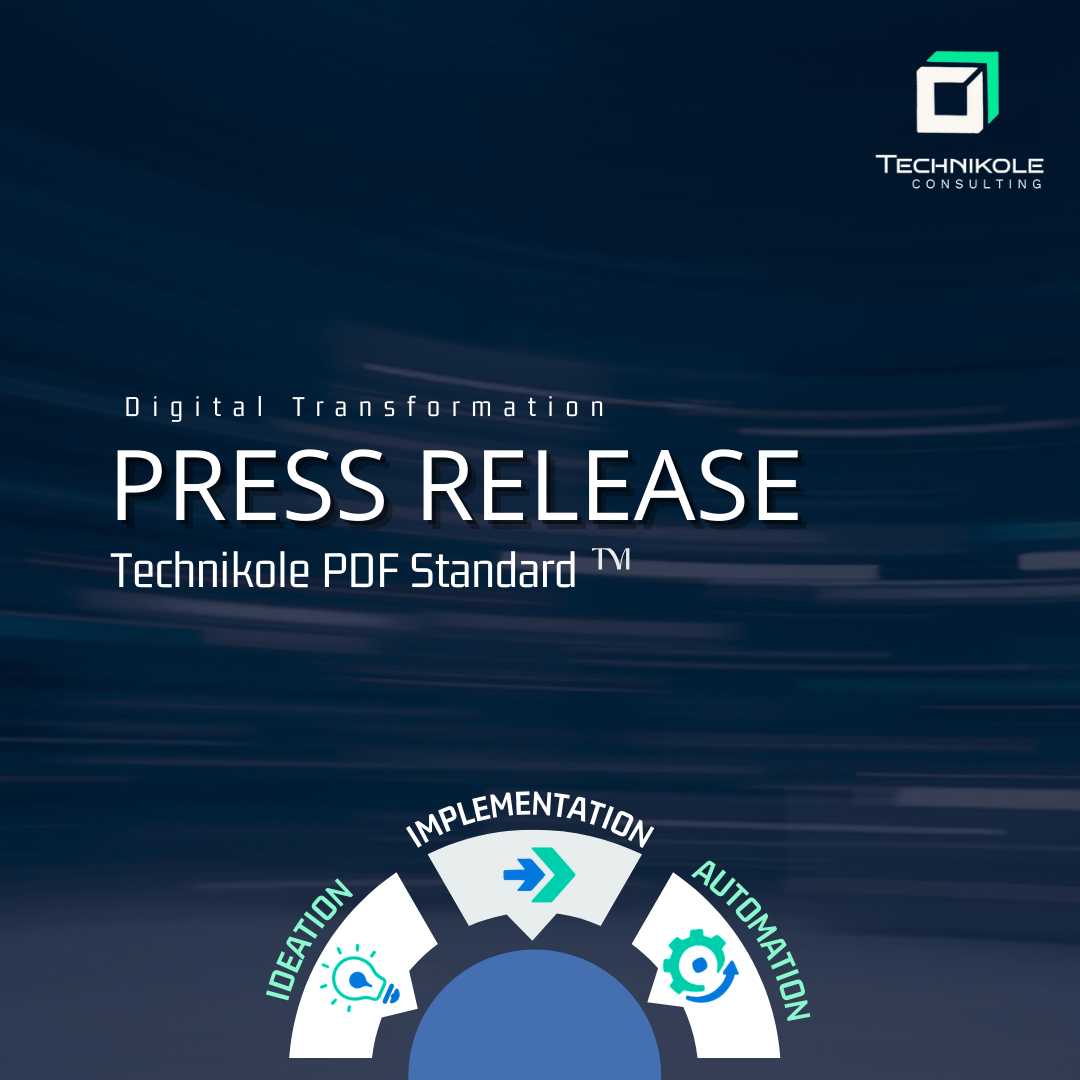
-
IMAGINE THAT: NO NEW LAWS
🧠 Imagine That: A Decade Without AI Regulation Close your eyes and imagine: It’s 2035. Over the past decade, artificial intelligence has evolved at an unprecedented pace. AI systems now permeate every facet of daily life—from personalized education and healthcare diagnostics to autonomous vehicles and decision-making in the justice system. Yet, for ten years, there…
Written by

-
Unified Federal AI Framework
In a move that could reshape the future of artificial intelligence (AI) regulation, the House Energy and Commerce Committee has recently proposed a 10-year moratorium on state-level AI regulation. The rationale behind this plan is to introduce a unified federal framework that would centralize the regulation of AI and prevent states from enacting their own…
Written by

-
Imagine That: 100% Free Access to Knowledge
What if knowledge flowed like air—breathable, essential, unconstrained? Picture a world where learning has no walls, no locks, no hidden keys. Where every curious mind can explore, discover, and grow without asking permission or counting coins.
Written by
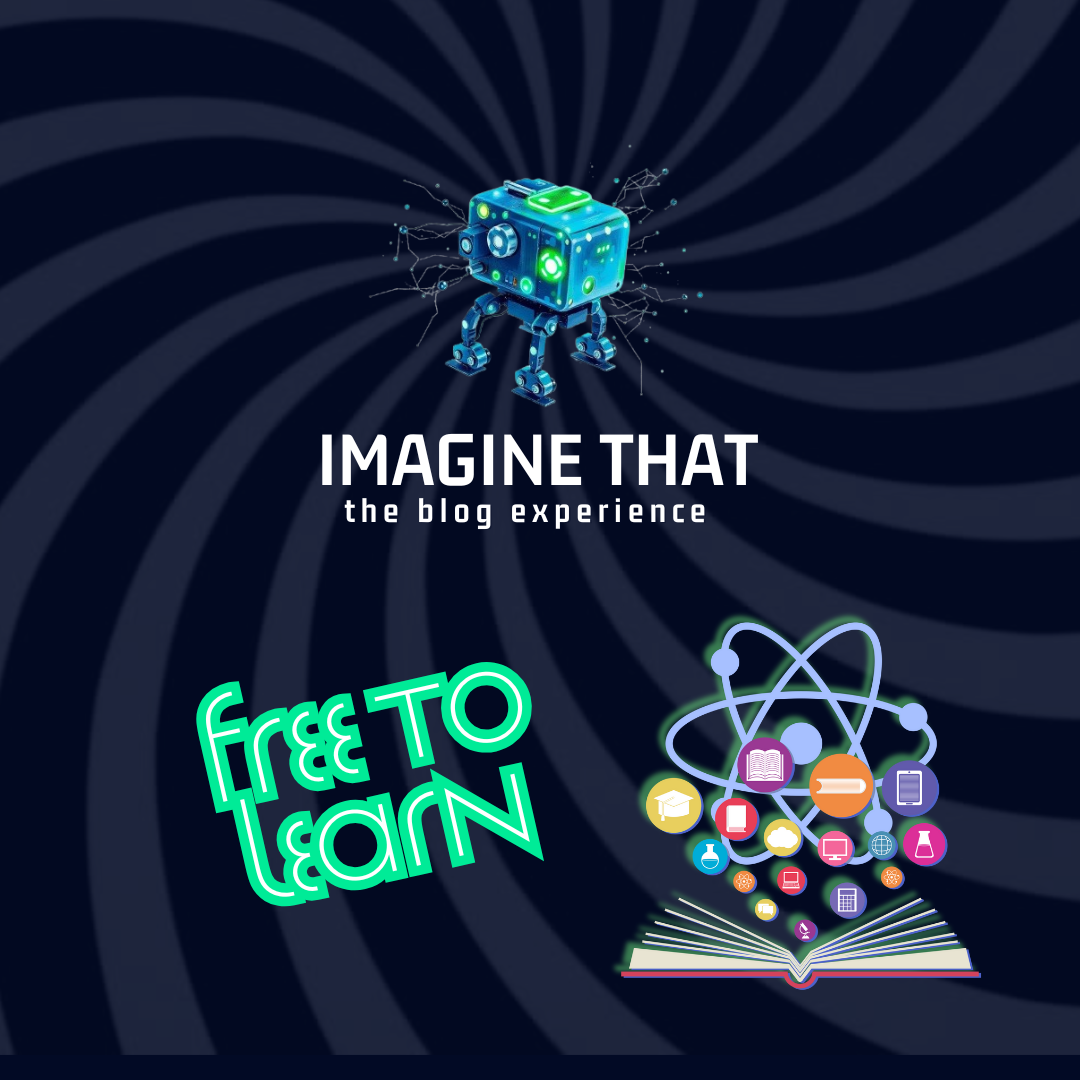
-
Why WordPress Security in 2025 is a Wake-Up Call for Site Owners
The latest “State of WordPress Security in 2025” report from Patchstack confirms what many of us have suspected: WordPress security is a growing concern, and site owners are not nearly vigilant enough…
Written by
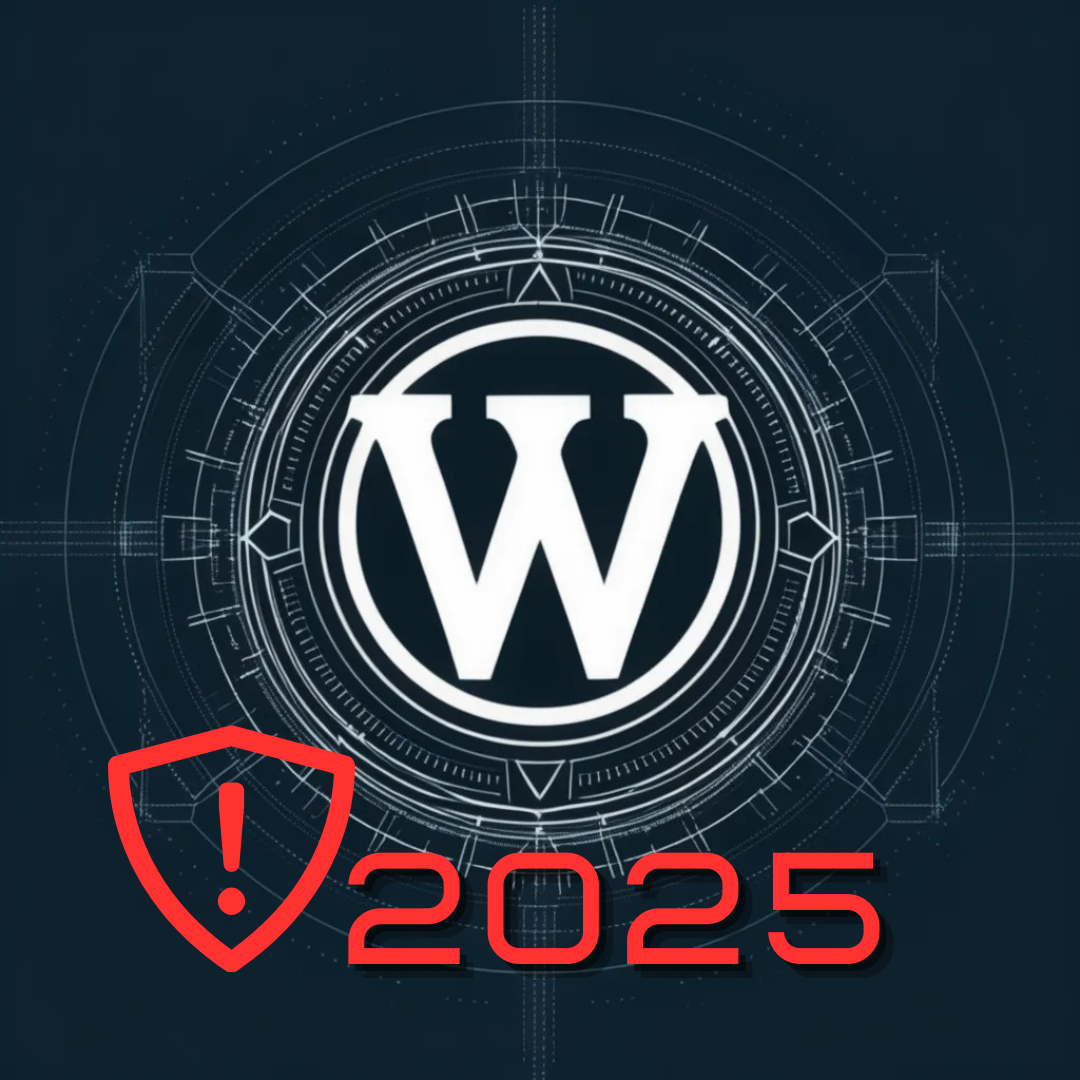
-
Support for BWIT: 1000 Women Rising in Tech, LEARN-AI-THON
Technikole Consulting and Chief Innovation Officer for Black Women in Technology (BWIT), is pleased to support the launch of the 1000 Women Rising in Tech initiative, beginning with the LEARN-AI-THON – designed to help women break into or upskill in the tech industry through Google’s AI certifications and interactive learning.
Written by

-
Cornell Files: Paper to Electronic
Imagine sifting through mountains of paper invoices every month, hunting for errors hidden in plain sight. That was the reality for major corporations like Liberty Mutual and Sherwin-Williams—until digital transformation stepped in. By shifting from bulky bankers’ boxes to streamlined formats like EDI, web portals, and secure digital storage, businesses slashed processing time, cut costs,…
Written by

-
Cornell Files: AI Agents in Healthcare
AI agents in healthcare represent a significant advance in digital technology that is transforming patient care delivery and medical decision-making. These systems are revolutionizing healthcare by enhancing diagnostic accuracy, preventing medical errors, and creating more personalized patient experiences.
Written by
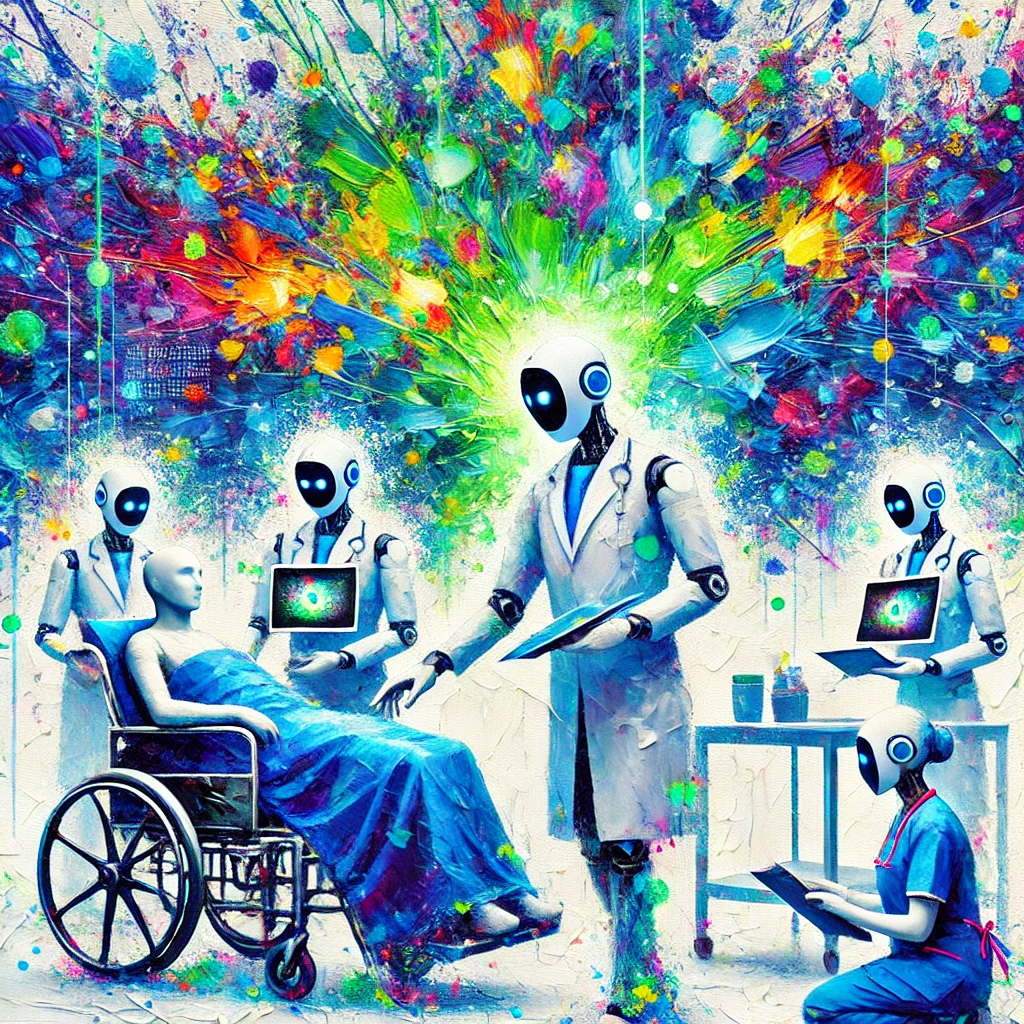
-
Cornell Files: Opportunity to Create Change
Google Notebook LM is redefining how we interact with information by transforming static documents into dynamic, AI-driven resources. Beyond simple note-taking, it analyzes content to generate summaries, FAQs, and even simulate pod-style conversations that uncover hidden nuances. This tool represents the future of work, inspires new business models, and challenges traditional management philosophies. While its…
Written by

-
Wipe Out: Selling Your Phone Without Wiping It…Isn’t Smart
Just because everyone else is doing it, doesn’t mean you should. Lets take a look at why selling your phone as memorabilia for TikTok lovers is a bad idea….$50K vs your personal data integrity – there are decisions to make! Lets talk about it.
Written by

-
Technikole on Recent Executive Orders
Addressing the Challenges of Recent Executive Orders The recent executive orders may feel like a setback for many small businesses, but they also signal an urgent need to embrace innovative solutions and establish (or affirm) resilience in operations. At Technikole Consulting we turn challenges into opportunities by equipping businesses with the tools to navigate uncertainty and thrive…
Written by
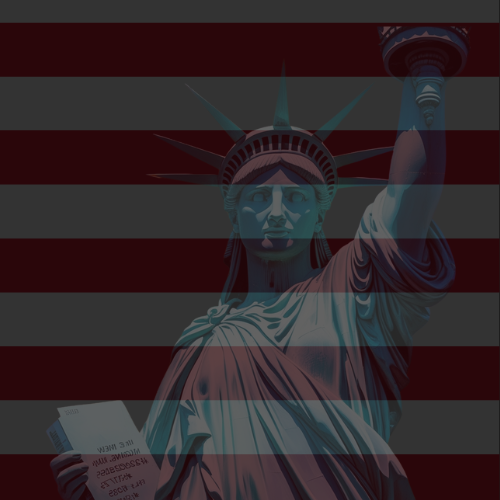
-
Preparing for Digital Transformation, From the Inside Out
As we step into 2025, the pace of technological advancement continues to reshape industries. Whether you’re preparing for the next leap in artificial intelligence, the rise of the Metaverse, or the integration of blockchain into everyday operations, digital transformation requires more than just technical know-how. It demands intuitive, forward-thinking leadership. New Year Digital Transformation Advice:…
Written by

